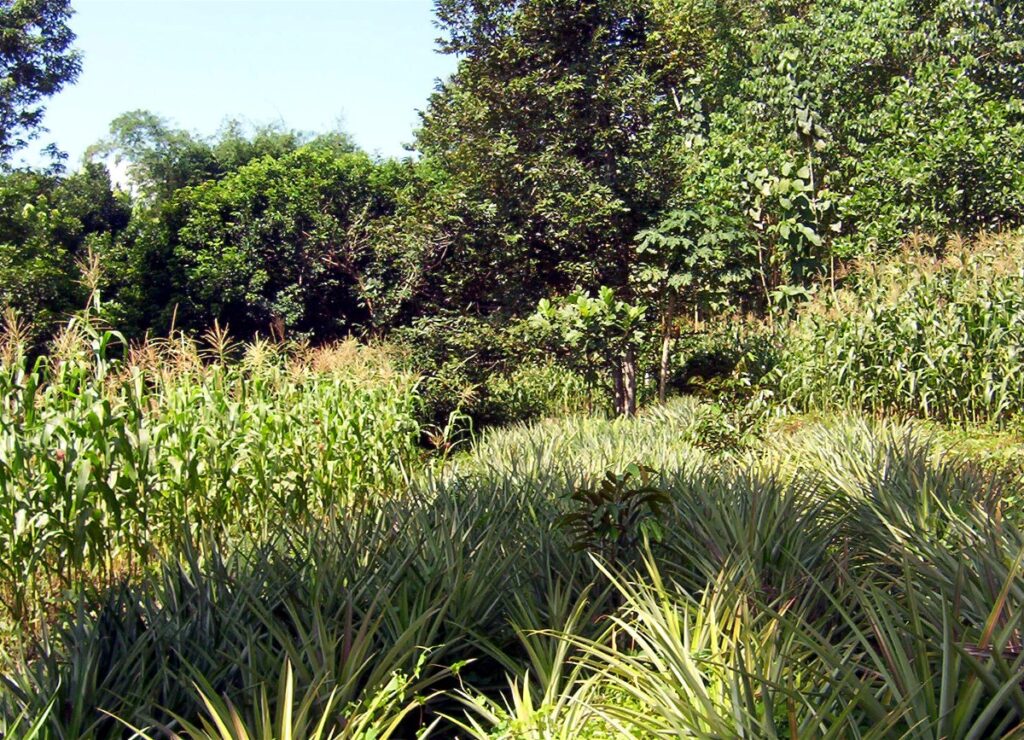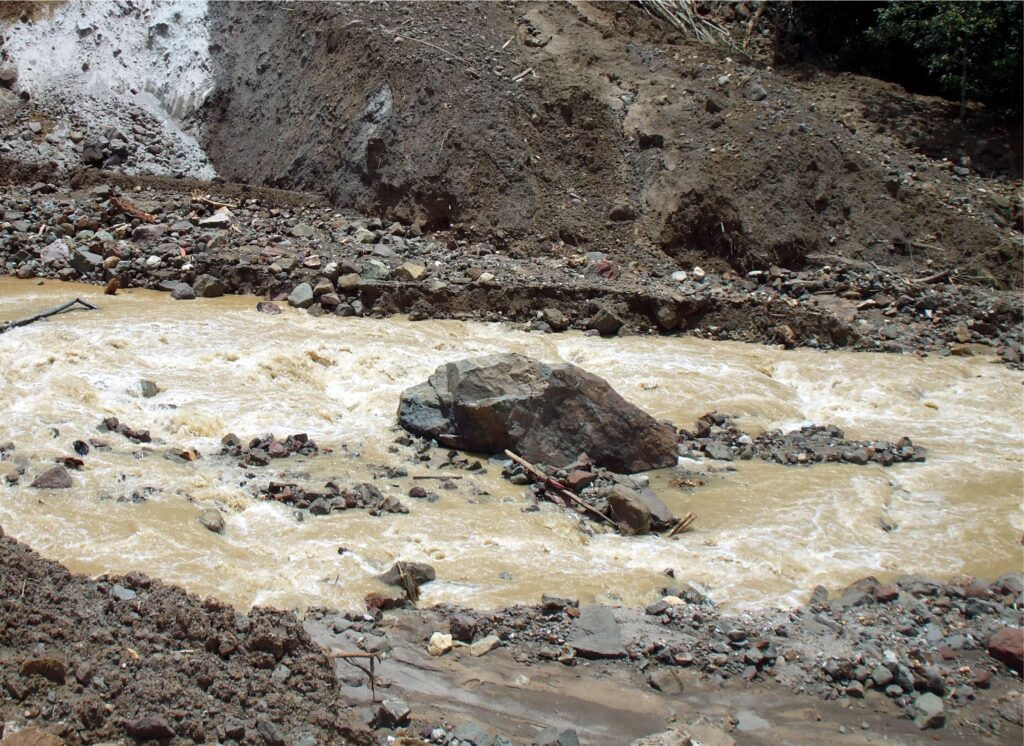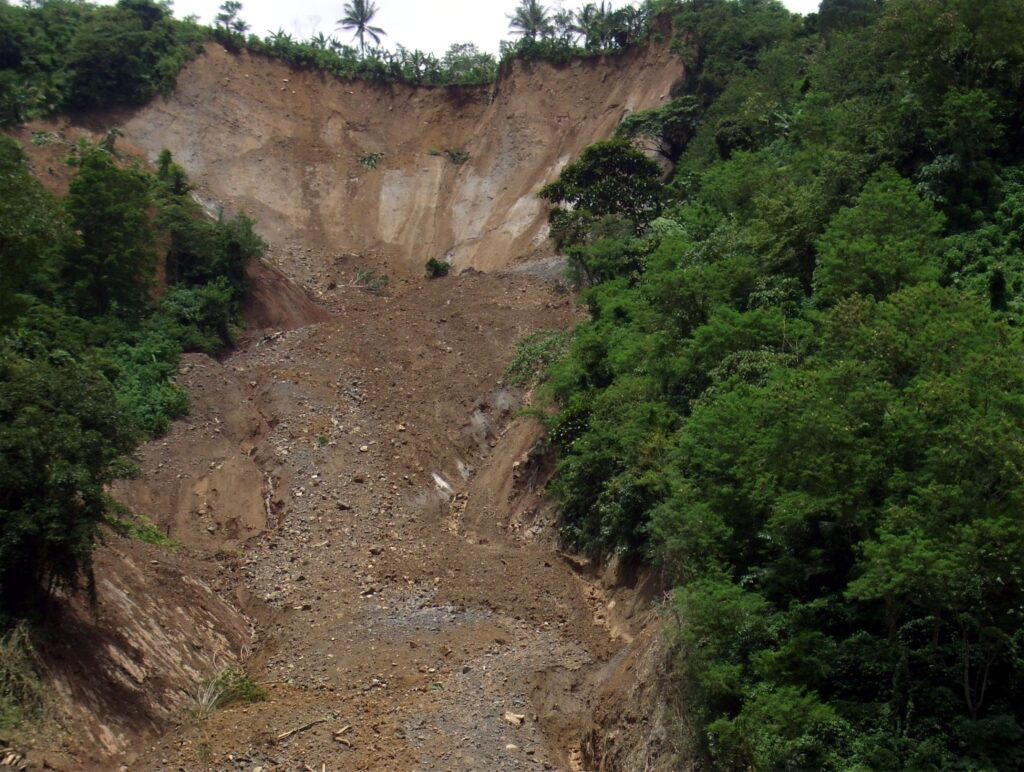Text and Photos by Henrylito D. Tacio
It seems like a simple idea: plant trees – lots of them – to mitigate climate change. By doing so, the excess carbon dioxide floating in the atmosphere can be removed. This thought was actually enshrined in the 2015 Paris climate agreement.
Reports and studies from the Nobel-prize winning Intergovernmental Panel on Climate Change (IPCC) estimate that “nature-based solutions, including healthy forests, could provide up to one-third of the emissions reductions required by 2030 to meet Paris Agreement targets.”
A study published in the journal Science tried to figure out how trees could combat the climate crisis. Led by Jean-Francois Bastin of ETH-Zurich in Switzerland, the international research team used direct measurements of forest cover around the world to create a model for estimating Earth forest restoration potential.
“They found Earth’s ecosystems could support another 900 million hectares of forests, 25% more forested area that we have now,” wrote Alan Buis, of the National Aeronautics and Space Administration’s Jet Propulsion Laboratory.
If the world plants more than a half-trillion trees, about 205 gigatons of carbon (a gigaton is one billion metric tons) can be captured, which will reduce atmospheric carbon by about 25%. “That’s enough to negate about 20 years of human-produced carbon emissions at the current rate, or about half of all carbon emitted by humans since 1960,” Buis wrote.

It’s common knowledge that when trees grow, they absorb carbon dioxide, a major greenhouse gas in the atmosphere.
“By planting trees in your farm, you help create a sink for the carbon dioxide that should be having been released into the atmosphere,” explains Jethro P. Adang, director of the Davao-based Mindanao Baptist Rural Life Center (MBRLC).
A study done by the Department of Environment and Natural Resources (DENR) showed that a single mature tree could absorb carbon dioxide at a rate of 21 kilograms a year and release enough oxygen back into the atmosphere to support two persons. About 1.5 tons of carbon dioxide are removed, and 1.07 tons of life-giving oxygen are produced for every ton of newly grown trees.
A study conducted by the Economy and Environment Program for Southeast Asia (EEPSEA) also supported the idea. The researchers look at the feasibility of a forestry carbon project for the Magbukun Aytas of Kanawan, Morong. They are an indigenous tribe living in the 23,688-hectare Bataan Natural Park (BNP).
At least 10,000 hectares of the park has been declared as the tribe’s ancestral domain. In the past, it has done eco-restoration work in about 1,500 hectares of BNP’s forest. EEPSEA selected the site for the study “because the Aytas need funds to allow them to conserve and manage their ancestral lands, which are under constant threat.”
The EEPSEA Policy Briefing noted: “The carbon forestry project covering 9,775 hectares proposed by the study was designed to reverse the current deforestation trend in the Aytas’ ancestral domain.”

If put in place, the project would have three components: reforestation, enrichment planting, and forest protection. “Reforestation would be undertaken in brushland areas while enrichment planting and forest protection would be implemented in second growth and old growth forests, respectively,” the summary report explained.
Three different points of view were made for the feasibility of the project, namely: technical feasibility, social acceptability, and financial stability. Highlights of the study are as follows:
· If no steps are taken to reduce deforestation in the Aytas’ ancestral land, the carbon contained in the region would drop to around 1.16 million tons by 2040 (from 1.31 million tons in 2011).
· Under the “low” scenario, the total carbon benefits that the project would bring would amount to 20.26 million tons of carbon dioxide. Under the “high” scenario, total carbon benefits would be 25.07 million tons of carbon dioxide.
· With carbon valued at a low price of US$5/tCO2, the four scenarios’ net benefits for 1 to 3 years would be negative, but they would become positive from year six onwards. At the higher carbon price (US$20/tCO2), the net benefits for the “medium-low,” “medium-high,” “high” scenarios would be negative for years 1 to 2. In the “low” scenario, the net benefit would be negative only in year one and would become positive from year two onwards.
· The net present values for four scenarios at different prices per tCO2 (with discount rates of 10%, 15%, and 20%) were P3.874 million for “low,” P3.137 million for “medium low,” P3.339 million for “medium high,” and P3.537 million for “high.”

In summary, the project’s net present value (NPV) and internal rate of return (IRR) for the forest area that would be managed over 30 years are P170.271 million and 40%, respectively.
“This shows that such a forestry carbon project would be financially viable,” the EEPSEA Policy Briefing concludes.
Meanwhile, the MBRLC encourages farmers to plant trees by following the system which it has developed: the Sustainable Agroforest Land Technology (SALT 3). “We have been promoting this technology to upland farmers who come to the center,” says Adang.
At least a fourth of the total population lives in the upland areas, where most trees are located. Most of them practiced slash-and-burning agriculture (“kaingin” farming). “These migrant farmers attack virgin forest lands to cultivate the rich soil, which they quickly deplete,” Adang observes. “Then, they move on, looking for more. Today, there is no more land where they can move on to.”
In the Philippine context, the uplands are rolling to steep lands, with slopes ranging upward from 18 percent. About 60% of the country’s total land area of 30 million hectares are classified as uplands. Most of those living in these areas are farming families in dire poverty and insecurity.
“The upland farmer faces a very dark future unless something can be done for him very soon,” commented American missionary Harold R. Watson, who received the 1985 Ramon Magsaysay Award for peace and international understanding. “He is the least educated, least paid, least healthy, least hopeful, and most neglected (in terms of agricultural development) of all people in the Philippines.”
To help upland farmers uplift their standard of living, MBRLC developed Sloping Agricultural Land Technology (SALT 1) in the early 1980s. “The principle of SALT is the same as that used by the Ifugao tribes,” says Adang. “All we are doing is suggesting using trees and shrubs instead of rocks.”
As upland farmers need protein to make them healthy, the MBRLC launched Simple Agro-Livestock Technology (SALT 2) in the 1990s. Here, a farmer still follows the original SALT concept but adds raising goats into the system. In half-a-hectare, 12 does, and one buck is raised.
To help turn the tide of deforestation in the country, the MBRLC developed SALT 3. “As a form of agroforestry, we aim to get the good things of agricultural production and reforestation,” Adang points out.
In a two-hectare farm, one hectare is allotted to food production while another one hectare is planted to trees. The trees are planted in three different zone compartments: 10-15 years (like acacia and narra), 5-9 years (mangium, mahogany, etc.), and 1-4 years (ipil-ipil, sesban, etc.). “While waiting for the trees to grow, we advise farmers to plant short term crops like vegetables, tubers, and crawling plants like ubi and sweet potato,” Adang says.
As a source of immediate income, the lower portion of the farm is planted to various crops. Still, the original SALT concept is followed: two rows of nitrogen-fixing shrubs, and in between the hedgerows, crops are grown. Every month or so, the hedgerows are cut, and the cuttings are placed below the crops to serve as mulching materials and as fertilizer.
Aside from providing decent income to upland farmers, Adang believes that by planting trees, they can help alleviate the release of carbon dioxide into the atmosphere. “Trees and forests play a vital role in regulating the climate since they absorb carbon dioxide,” he says.
Carbon dioxide is just one of the greenhouse gases released into the atmosphere, causing changes in long-term weather patterns. Other gases that cause the same aftermath include methane, nitrous oxide, fluorinated gases, and water vapor. These gases come from burning wood, peat, and fossil fuels (oil, coal, natural gas) for cars, cooking, heating, generating electricity for homes, commercial and industrial uses, and from natural events like forest fires and volcanic activity.
Greenhouse gases trap heat in the earth’s atmosphere. Over time, more and more heat is retained, leading to an increase in the earth’s average surface temperature. As a result, the following will likely happen, according to the London-based Panos Institute:
· More heavy rainfall and floods in coastal areas, and more droughts in an area where average rainfall is less;
· Greatest warming on land, and maximum warming in Arctic regions in winter;
· More extreme weather events of all sorts, from more intense tropical storms to longer and hotter droughts; and
· More rainfall in the summer monsoon in south and east Asia.

